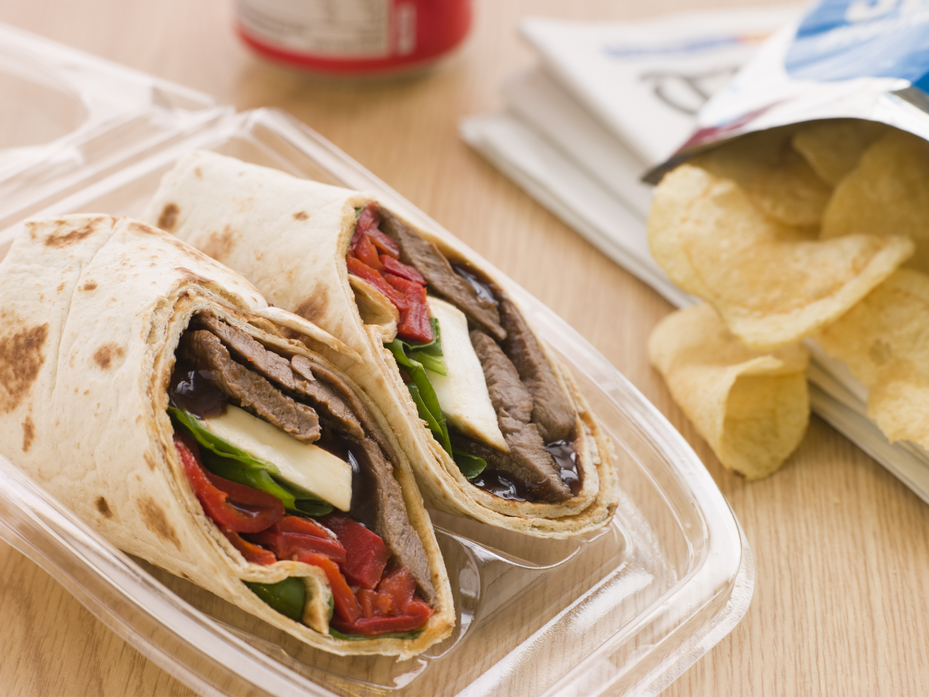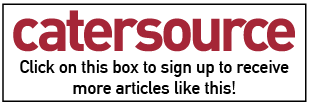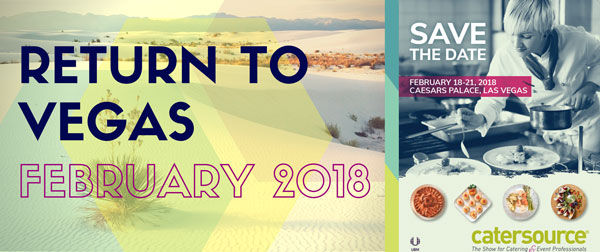In our world, the term “Set-Ups” means the paper goods, plasticware, and serving utensils that accompany all orders. Consistency is crucial. As regularly as possible, the same person or people should assemble them. All set-ups can and should be done the day before delivery. In fact, everything that can be done a day in advance—without compromising the quality of your product—should be.
Creating set up specs as part of your Operations Manual can be painful, but it is very important. Once it is done, it’s done! Until then, expect lots of redundant questions regarding “what gets what?” Accept that sometimes you will be supplying either too much paper/plastic ware, or not enough, depending on the estimates of the person assembling them. This is an example of something that may appear inconsequential at first glance, but the cost when compounded weekly, monthly, and annually can significantly impact your bottom line. Profit margins in the food industry are challenging enough without self-inflicted avoidable expenses.
Here are some decisions you’ll have to make
• What size and style beverage cups will you provide?
• A lot of people drink spring water directly from the bottle. When a customer orders 50 spring waters, do you need to give them 50 cups?
• Should you invest in custom designed tote bags/boxes for bag/box lunches?
• How will hot food be transported?
• With sandwiches and tossed salad, should customers get one plate per person? Or two? A plate and a bowl? What if they order sandwiches for 20 people but salad for only 10?
• What types of forks and knifes will you use? Medium weight? Heavyweight?
• How many napkins per person should you include? Be careful not to appear stingy, but don’t give away too much either.
• Should mustard and mayonnaise be served bulk style in bowls? Or individual portion control packets?
• What size(s) sandwich catering platters should you carry? How many sandwiches should go on each platter?
• What about dome lids? Are there some items you can cover with saran wrap instead?

Box or bag?
Box/bag lunches are popular because they are quick (your customers can grab it and go) and convenient (the meal is packaged together), and there is less to clean up. There are a wide range of options you can offer from sandwiches to salads to an array of accompanying extras. The box/bag should be visibly marked with the type of sandwich/salad included or grouped together for easy identification.
A box/bag lunch most commonly consists of a sandwich, bag of chips, and dessert (cookie or brownie, whole fruit) and a beverage. Start with a base price, and charge for add-on items such as pasta salad, fruit, and upgraded desserts.
Box and bag options
These lunches present marketing opportunities. The box/bag can be custom designed with your company name, logo, phone number and website. This is a good area to invest some of your advertising budget toward.
Green consideration
If your branding angle includes sustainable practices, you will definitely want to use boxes or bags that are recycled or biodegradable to maintain a consistent image.
Keep up the great work! Your clients really appreciate a great lunch catering set-up.
 If you ever have questions, you can visit Michael’s website or email him.
If you ever have questions, you can visit Michael’s website or email him.





